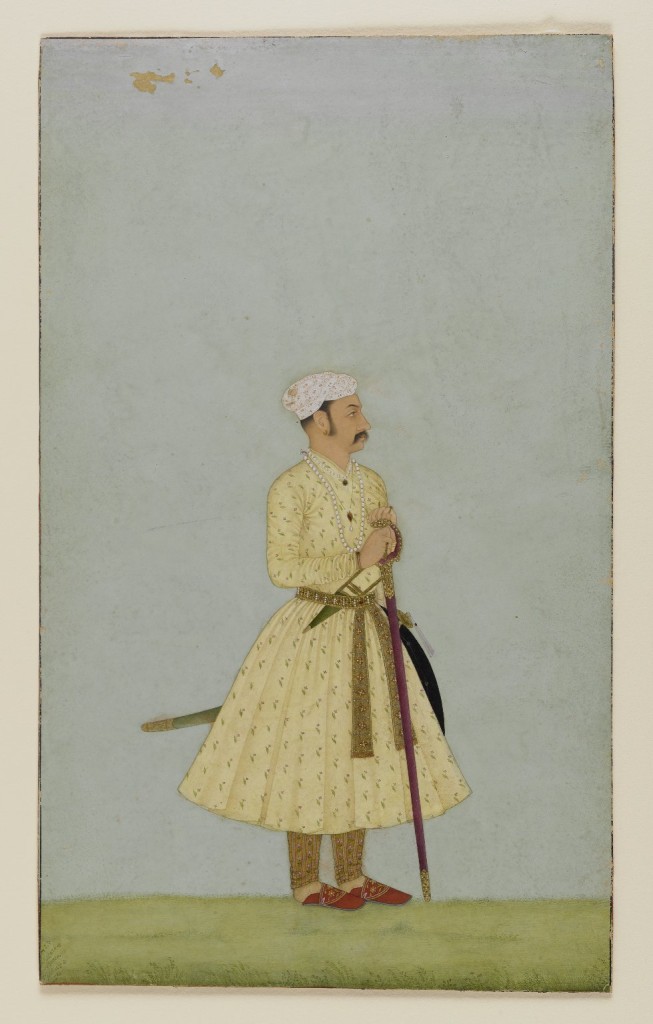Split Second Stats #5: Complexity
Complexity is an important factor in the evaluation of art. In all of the previous Split Second blog posts I’ve talked about how the complexity of artworks dramatically affected participants’ reactions. But I never explained what, exactly, was meant by “complexity.” In this post I’m going to describe the kind of complexity we focused on in our analysis of the Split Second results, and also talk a bit about the kinds of complexity we didn’t study, and the limits that imposes on the applicability of our results.
There are lots of ways a work of art could be complex. Complexity could be a function of the visual surface of a work, as in the arrangement of contrasting elements within it, or of things outside of it, as in the network of references pointed to by its content. Complexity could also come from a connection between the work and the viewer, as in the use of multiple perspective or other perceptual effects, or the viewer’s specific, personal relationship to a given historical context. Further complicating the situation, when people talk about a work being “complex” they usually don’t refer to only one of these possibilities—a complex work of art is rarely complex in just one way.

Indian. King Solomon and His Court, 1875-1900. Opaque watercolor and gold on paper, sheet: 19 11/16 x 11 7/8 in. (50.0 x 30.2 cm). Brooklyn Museum, Gift of James S. Hays, 59.205.16
When approaching the study of complexity (or any subjective idea) from a scientific perspective, its necessary to pick a one of two approaches. The first approach is to pick a specific way of quantifying the idea. This is always painful, because it means the implicit rejection of other approaches which may be really important to the feel of the idea. The second approach is to ask lots of people what they think—rather than trying to quantify the idea itself, you quantify peoples’ judgments about the idea. The problem with this approach is that it often requires an extra experiment in order to quantify those judgments before you can even get started working on the question you’re really interested in.
We chose the first approach. Rather than studying the complex, subjective idea of complexity, we decided to focus on one specific, measurable type of complexity, which could be called “surface complexity.” We were interested in how much was going on in a work without considering its content. For example, a work with a busier visual surface (with more dots, lines, curves, scratches, brush strokes, marks, etc.) would have greater surface complexity than a work with just a few lines, a couple of repeating patterns, and lots of open space.

Indian. Portrait of Rao Chattar Sal of Bundi, ca. 1675. Opaque watercolor and gold on paper, sheet: 7 5/16 x 4 11/16 in. (18.6 x 11.9 cm). Brooklyn Museum, Gift of Amy and Robert L. Poster, 82.227.1
This can be confusing, because it doesn’t necessarily match up with a normal idea of what complexity means. An image which is just a big field of scratches might have a much higher surface complexity than an intricate portrait—it just depends on how they were both painted, i.e. what’s happening on the surface of the work, ignoring its content.

Indian. Nanda Requests a Horoscope for Krishna, Page from a Bhagavata Purana series, ca. 1725. Opaque watercolor and gold on paper, sheet: 9 1/8 x 10 1/2 in. (23.2 x 26.7 cm). Brooklyn Museum, Gift of Mr. and Mrs. Robert L. Poster, 78.260.5
We quantified the surface complexity of an image in terms of the amount of data a computer needs to store in order to recreate it. That is, if one could describe the form of an image in one sentence, it would be less complex than an image requiring ten sentences. Because we were working with digital files, this approach was quite convenient: the surface complexity of an image corresponds exactly to that image’s file size after compression. The bigger the compressed file size, the more complex the image. Specifically, we used the ratio of the file size of the image to the number of pixels, allowing us to compare images with different dimensions.
One of the most interesting things we found out about surface complexity was that it variably affects participants’ reactions to artworks depending on what task they were completing. This means that what people were doing and paying attention to affects their reaction to complexity. Based on our results, we speculate that during certain tasks, complexity has a profound subconscious effect on participants’ reactions. I’ll discuss this in more detail in the next post!

Beau Sievers is a composer and music cognition researcher. He has a blog. Growing up in the Bay Area, he's been bossing computers around (and vice versa) since the 3rd grade. He is currently working on his PhD at the University of Virginia.


Join the conversation